|
By Andrej Babicky, Natural Perfumer Expert The world of Natural perfumery is a fascinating one, with a rich history and an abundance of different scents and notes to explore. One of the most iconic and well-known olfactory families is the Chypre family, named after the French word for the island of Cyprus. This island has a long history of association with perfumery, and it was once at the center of the perfume trade in the Orient, with its gloves scented with oak moss and the famous Oiselets de Chypre (Chypre Birds). The forests of the Copper island (currently Cyprus) and its oak mosses, its Henna (Kypros), rose and iris oils, ointment boilers contributed to the fame of its perfumers. Their names were to the Master Perfumers: the ‘Kupirijo’ or ‘Cypriots’. Historically, perfumes were considered a luxury item for the elite and their distribution was limited. However, this all changed in 1917 with the launch of François Coty's Chypre. Coty's Chypre had a significant impact on the perfumery industry and succeeded in remarkable publicity, giving a name to the whole olfactory family. The Chypre accord, which is the core of a Chypre perfume, is based around bergamot, labdanum, floral notes, and oakmoss. These different components work together to build the architecture of a perfume and define its main theme. The accord is then enriched by other notes, which are the facets of the perfume. These fragrances are known for their intense base notes that can bring to mind scents of undergrowth and woods. One of the most interesting things about the Chypre family is its adaptability to various interpretations. This allows natural perfumers to create unusual fragrances that are truly one-of-a-kind. The mysterious and charismatic character of natural Chypre fragrances makes them captivating and alluring, and it is this quality that has made them so popular over the years. In addition to its adaptability, the Chypre family is known for its ability to evoke emotions and memories. The scents are able to transport us back in time and bring up memories that we had forgotten about. This is why Chypre fragrances are considered timeless and classic, and continue to be popular to this day. The rich history of perfumery on the island of Cyprus and the impact of François Coty's Chypre perfume continue to influence the perfumery industry to this day. The chypre family is a fascinating and iconic olfactory family that has a rich history and a wide range of scents and notes to explore. From the mysterious and captivating classic chypre fragrances to the more androgynous green chypres, or joyful fruity facets, there is something for everyone. In our masterclasses, we will delve into the world of natural perfumery and the creative process that attendees will experience.
We will discover the different olfactory families and facets, their history, and some curiosities. We will also discuss the most representative fragrances and dedicate ourselves to the creation of fragrances and accords focused on a single olfactory family. These masterclasses are designed for individuals who have already followed the path of natural perfumery and for those who wish to deepen their knowledge in this field. Starting from February with the Chypre masterclass, new masterclasses will be made available every month, providing an in-depth look at the practical aspect of creation and revealing the mysteries of natural perfumery. We will be inspired and amazed by the power of natural perfumery and the creative potential it holds. I encourage you to join us in these masterclasses and experience the art and science of natural perfumery for yourself. The masterclasses will provide a unique opportunity to learn, to explore your own creativity and sense of smell. The Chypre family of fragrances is just one of many olfactory families that we will be exploring in these classes, so even if Chypre is not your favorite family, you will have the opportunity to discover new fragrances and learn about different olfactory families. So, come and join us in this journey of discovery and creation, and let us immerse ourselves in the world of natural perfumery together.
0 Comments
By Creezy Courtoy, World Perfume Historian and Anthropologist My first passion has always been the impressive history of perfume and I could never think the way I think today if I did not spend all my life collecting perfume antique artworks and searching for the true perfume history. When you start searching, it never ends and still today I am looking for something; each piece leading me to more research. In the Arab World, perfume was precious, it was considered as pure gold. Let me invite you to follow me on the history of perfume in that part of the world. Circa 4000 B.C., the Sumerians built the first City States such as Sumer, Ur, Uruk or Nippur, along rivers. “Mesopotamia” literally means “the country between the two rivers”. Located between Tiger and Euphrates, this region currently corresponds to Iraq, Syria, Lebanon, Southern Turkey and Israel. Cuneiform writing carved onto the clay tablets reveals formulas and perfumes used by these ancient populations since the middle of the third millennium B.C. Lebanese cedar, cypress and myrtle were the three most used fragrances. Originally, the gods loved natural perfume and got close to those who wore them. This is why the servants of the temple covered their bodies with myrtle oils before carrying out the rituals and the offerings to the numerous gods. Perfumes were reserved to divinities, kings and temple worship. Gilgamesh, King of Uruk, lived a rather eventful life, characterized by his vain quest for immortality. Perfume, the most noble and precious element then made its way into his alchemy research. The relation between medicine and gods was very close. One of the healing gods was the two-headed snake Ningishzida. The snake, symbol of eternal life, might have been the first icon of caducei. His name in Sumerian is translated as “lord of the good tree”. About 1000 years later, the Akkadians replaced the Sumerians and created the first empire of the world ruled by Sargo the Ancient.
Phoenicians sailors and traders settled on the coast of Lebanon and build colonies in Cyprus, Crete, sicilia, malta and Northern Africa. Tyr, their capital, having enjoyed a permanent relation with Egypt and Mesopotamia, became one of the most important ports. Circa 1900 B.C., Babylonians replaced Akkadians. Hammurabi (1792-1750 B.C.), created the powerful empire of Babylon. Babylon remained the main warehouse of spices from all over the world for a long time. It received spices from India and from the Persian Gulf, scented gums from Arabia and balms from Judea. Nabuchodonosor I (1124 B.C.) had his palace built with cedar beams and cypress doors that smelled kilometers away. According to Herodotus, over 1000 talents of pure incense were burnt every year on the altar of Belus. Zoroaster prescribed the use of perfumes on altars five times a day. In the hanging Gardens of Babylon, one of the seven wonders of the Ancient World, all the scented plants were showcased. According to Diodorus, (Greek columnist of the 1st century, contemporary of Julius Caesar) cedar, mimosa, Arabian jasmine, lily, crocus, iris, violet and rose, gave the Kingdom the reputation of owning the most beautiful roses of the Ancient Orient. Chaldeans, circa 600 B.C., represented the last civilization of Mesopotamia with two famous Kings: Nabopolassar and Nabuchodonosor II. They inherited a great culture, developed astronomy, astrology and added all this science to the Art of Perfumery. Plants and resins must be collected at certain times in the day, or at a precise moment in the year in order to reinforce their efficiency. The fall of Babylon, conquered by the Persians in 539, did not upset the trade of perfumes. Focused on the fringes of the desert, the caravan kingdoms owed an important part of their prosperity to the trade of perfumes. Sidon (then Carthage) replaced Babylon as the capital of perfume and spices. For the Cananeans as well as for Babylonians, Phoenicians and Sabaeans, perfumes and spices were both pure gold and divine message. For thousands of years, they carefully preserved the trade and even caused wars. Arabia Felix, also called the “Fertile Crescent”, stretched from Oman to the Suez Gulf and across its length were paths taken by the caravans. Called “The Perfume Roads”, these ancient trails linked the south to the North of this continent and crossed the deserts of one of the oldest countries in the world. To ensure the security of the trade on The Perfume Roads, in the 10th century B.C., Balkis, the Queen of Sheba organized a meeting with Solomon, the Hebrew King... If, like me, you are impassioned by World Perfume History, I will be happy to transmit my knowledge to you and tell you more about the Perfume History in the Arab World. We definitely need more perfume history teachers to make sure the perfume heritage will be preserved and transmitted to the next generations. By Terry Johnson, Business and Marketing Expert Anyone following news about the economy and business will hear about job cutbacks occurring due to economic weakness and sales declines.
The most popular comment from CEOs on company layoffs is: “We will have to do more with less.” The good news from this is that every business needs to do more with less all the time! It’s called about being more productive, and this is much easier to achieve for smaller businesses like natural perfumers than for larger businesses. So, how can a business do more with less and achieve high productivity? Here are some suggestions: 1. Purpose and Meaning The first step in doing more with less is ensuring that your business has a clearly defined purpose and that your products have real meaning and value to consumers. Purpose is the internal direction you want your business to pursue; product meaning is the external force that helps you connect and engage your products with people’s daily lives. Having a specific purpose and meaning for your business gives you direction, allows you to focus on the most important matters, and give you the ability to develop daily, weekly, and monthly priorities that will maximize the efficiency of your decision-making. 2. Re-Setting Priorities Setting or re-setting priorities means identifying and ranking the importance of business tasks over time. This activity should be totally subjective and should be modified as the daily dynamics of business unfold. It is also important to understand that most High-Value Consumers, rather than cutting back on purchasing, are actually re-setting their purchasing priorities, so High-Value business priorities should reflect this trend. Start by setting priorities for actions that will need to be done in the next 6 months. Then one for the next 30 days. Then, this week. And finally, make one list for today and one for tomorrow. 3. Time Management Once you’ve determined your purpose and meaning as well as set your priorities, managing your time allows you to schedule your prioritized activities to ensure that your time will be spent efficiently while fulfilling your purpose. There are many time management systems available, so look for one you feel comfortable with and begin doing more with less! Learn more about this important topic and how to prepare for the many exciting opportunities ahead for those marketing High-Value natural essences by enrolling in the Teacher’s Academy MasterClass Business and Marketing in the Post-Pandemic Natural Essence Community. |
Archives
June 2024
Categories
All
|
- HOME
- ABOUT
- IPF CERTIFICATION
-
COURSES
-
MASTER CLASSES
- Teaching Methodology
- Natural Raw Material Extraction Methods >
- Natural Candle Making
- Healing Gardening
- Sustainable Oud MasterClass
- World Perfume History Master Class
- Scent Design and Formula Building >
- Fragrant Botany & Chemistry >
- Perfume Design, Concept and Storytelling
- French Natural Aromachology #1
- French Natural Aromachology #2
- Olfaction Training for Children
- Accords - Chypre
- Accords - White Florals 1
- Accords - Fougeres and Aromatics
- FRAGRANCE DEVELOPMENT
- SPEAKERS
- EXHIBITIONS
- Partners
- Blog
- Contact
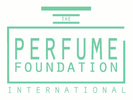
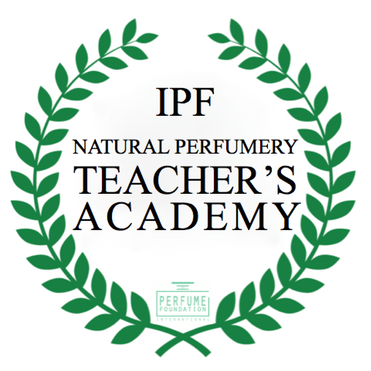
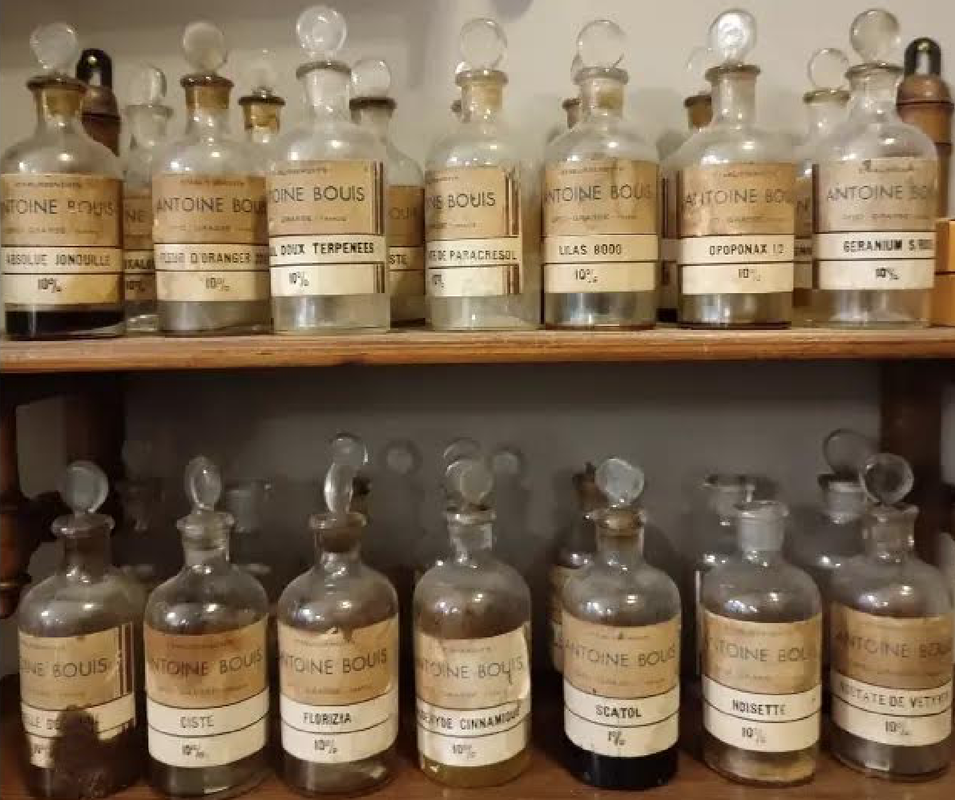
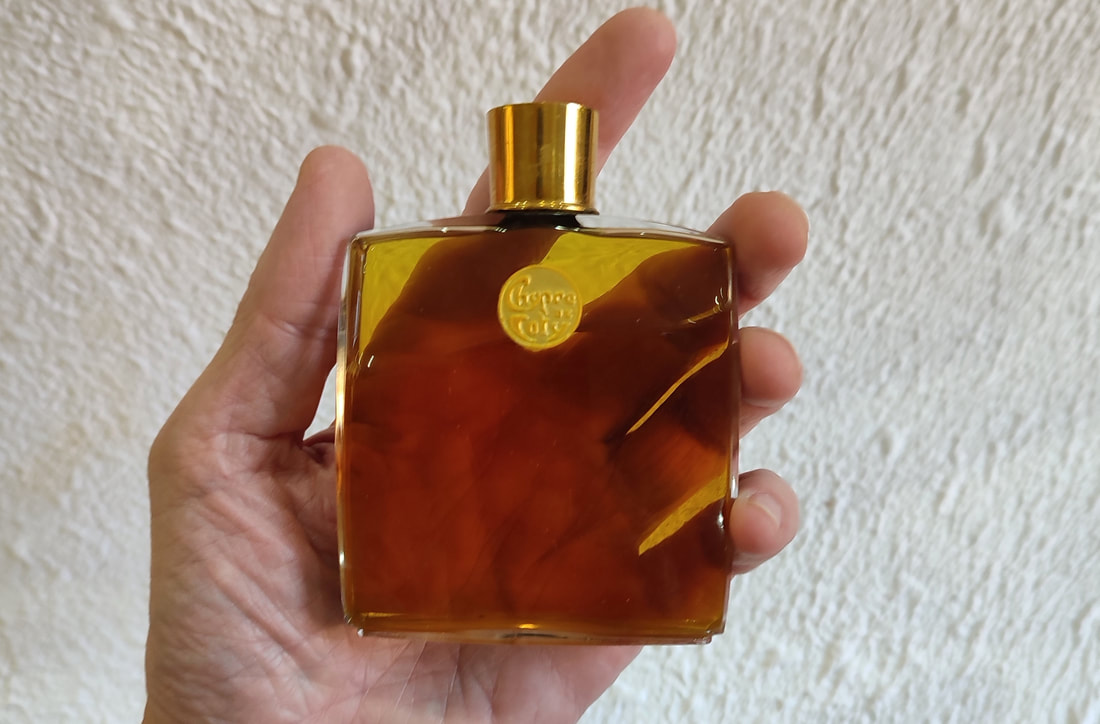

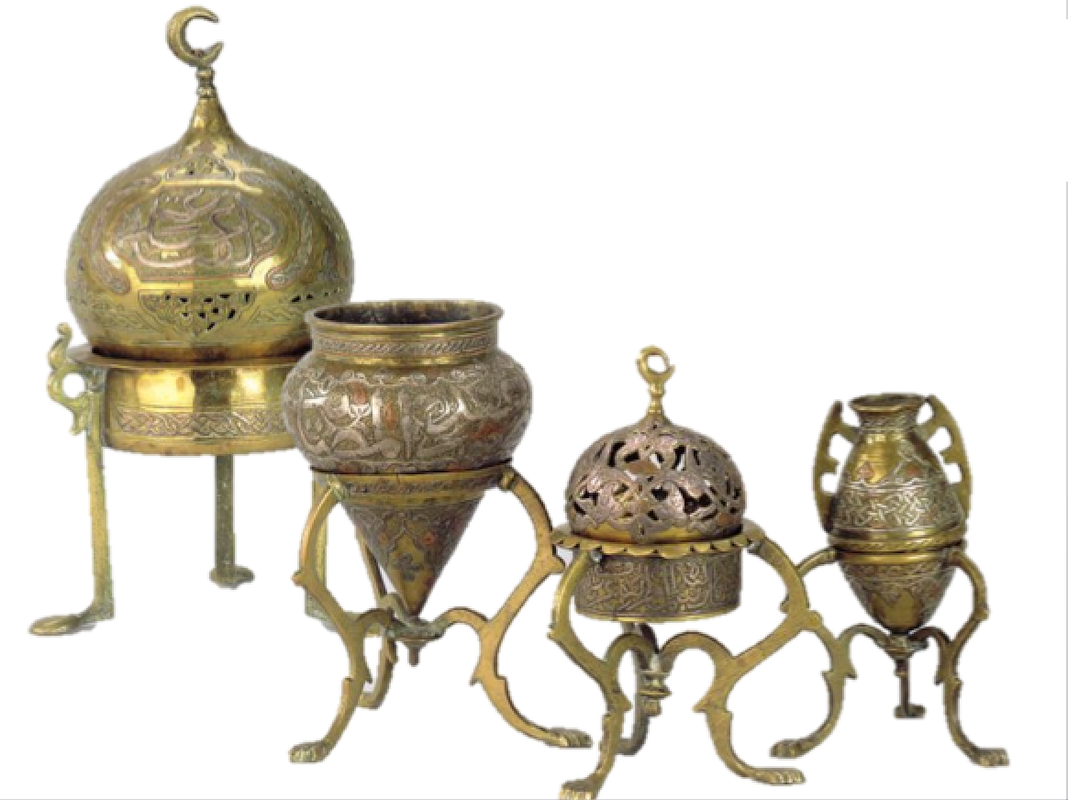


 RSS Feed
RSS Feed
